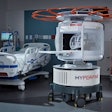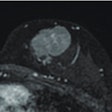Sunday, November 30 | 1:00 p.m.-1:30 p.m. | MKS348 | Lakeside Learning Center
Musculoskeletal ultrasound of the foot and ankle can play an important role in clinical decision-making -- offering a cost-effective and readily available alternative to MR, concluded researchers from the Cleveland Clinic.Dr. Benjamin Tritle and colleagues included data from 110 consecutive patients who had musculoskeletal ultrasound of the foot and ankle between January 2012 and November 2013. Ninety-eight of the 110 patients had both a pre- and postultrasound clinical impression/plan in their medical record. Preultrasound impressions included inflammatory conditions, Morton's neuroma, traumatic/mechanical conditions, suspected mass other than neuroma, foreign body, degenerative conditions, and infectious conditions.
Tritle's team noted if the clinical diagnosis was changed or confirmed by the ultrasound.
Ultrasound influenced diagnosis or management in 63% of patients, and in 68% of these cases, both diagnosis and treatment were altered, the researchers found. Also, in the patients whose diagnosis and treatment were not influenced by ultrasound, the exam confirmed the initial clinical impression 97% of the time.
Musculoskeletal ultrasound of the foot and ankle can play an important role in clinical decision-making for many patients, offering a less expensive and perhaps more readily available alternative to MRI, Tritle and colleagues concluded.


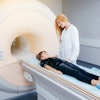
.fFmgij6Hin.png?auto=compress%2Cformat&fit=crop&h=100&q=70&w=100)


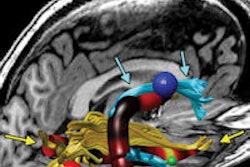
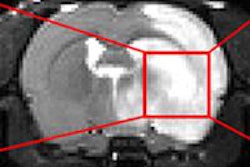

.fFmgij6Hin.png?auto=compress%2Cformat&fit=crop&h=167&q=70&w=250)




